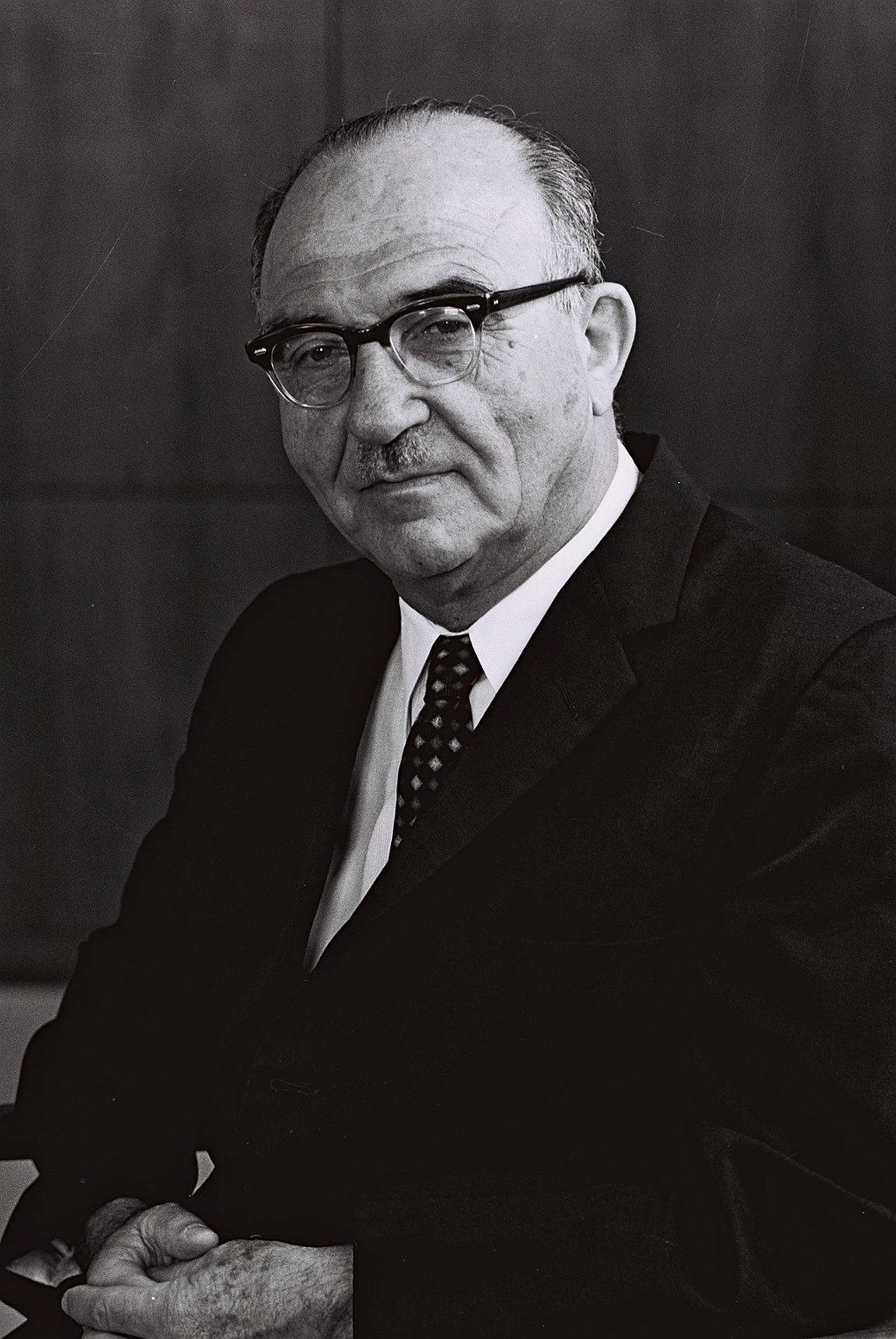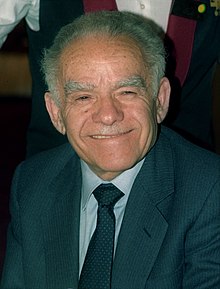Introduction
Mordecai Ardon was one of Israel’s most influential painters, renowned for his use of color, symbolism, and deeply philosophical themes. Born on July 13, 1896, in Poland, Ardon’s career spanned decades and he became a central figure in Israeli modern art. His works often explore themes of Jewish history, mysticism, and the land of Israel, using a vivid color palette and a unique blend of abstraction and surrealism.
Early Life and Education
Born Max Bronstein in Tuchów, Poland, Ardon moved to Germany to study at the Bauhaus School in Weimar, where he learned under prominent artists such as Paul Klee and Wassily Kandinsky. The avant-garde influences of the Bauhaus were pivotal in shaping Ardon’s approach to art, blending expressionist techniques with symbolic and abstract elements. In 1933, he fled Nazi Germany and emigrated to Palestine, where he began his long and illustrious career in Israeli art.
Artistic Style and Major Works
Ardon’s work is known for its complex layers of meaning, often integrating Jewish mysticism, Kabbalah, and historical references. His paintings are distinguished by their rich, textured surfaces and use of bold, dramatic colors. Pieces like ‘Gates of Light’ and ‘The Prophecy of Jeremiah’ are notable for their intricate symbolism, merging personal, cultural, and historical narratives into visually striking compositions.
Ardon’s fascination with light, time, and the metaphysical is evident in much of his work. His paintings often feature motifs such as clocks, ancient texts, and celestial imagery, reflecting his deep engagement with themes of memory, spirituality, and the human condition.
Contributions to Israeli Art
In addition to his success as a painter, Mordecai Ardon played a significant role in fostering the development of Israeli art. He served as the director of the Bezalel Academy of Arts and Design in Jerusalem, where he influenced a generation of Israeli artists. Ardon believed that art should be more than aesthetic—it should also convey profound messages and connect with the cultural and spiritual life of the people.
Ardon’s work has been exhibited internationally, and he is considered one of Israel’s most significant modern artists. His ability to blend the personal with the universal, and to capture the essence of Jewish history and identity, has made his work deeply resonant with audiences around the world.
Awards and Recognition
Mordecai Ardon received numerous awards for his contributions to art, including the Israel Prize for Painting in 1963. His works are held in prominent collections, such as the Israel Museum in Jerusalem and the Tate Gallery in London. The Ardon Windows, a triptych created for the National Library of Israel, is among his most celebrated works, symbolizing his vision of light and spiritual enlightenment.
Legacy and Influence
Mordecai Ardon’s influence on Israeli art is profound. His use of symbolism and his ability to convey deep philosophical ideas through vivid imagery have left a lasting impact on the art community. His legacy continues to inspire artists who seek to explore themes of identity, spirituality, and history through their work, making Ardon a central figure in the narrative of Israeli modern art.



